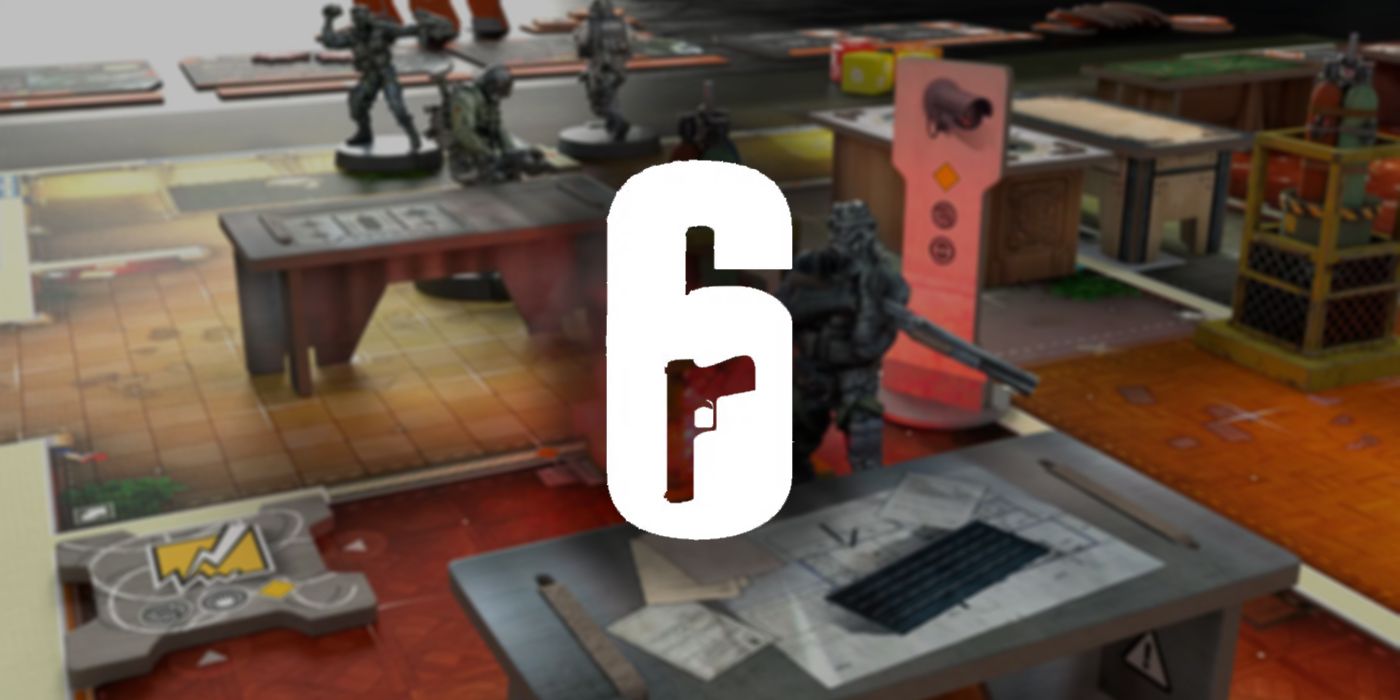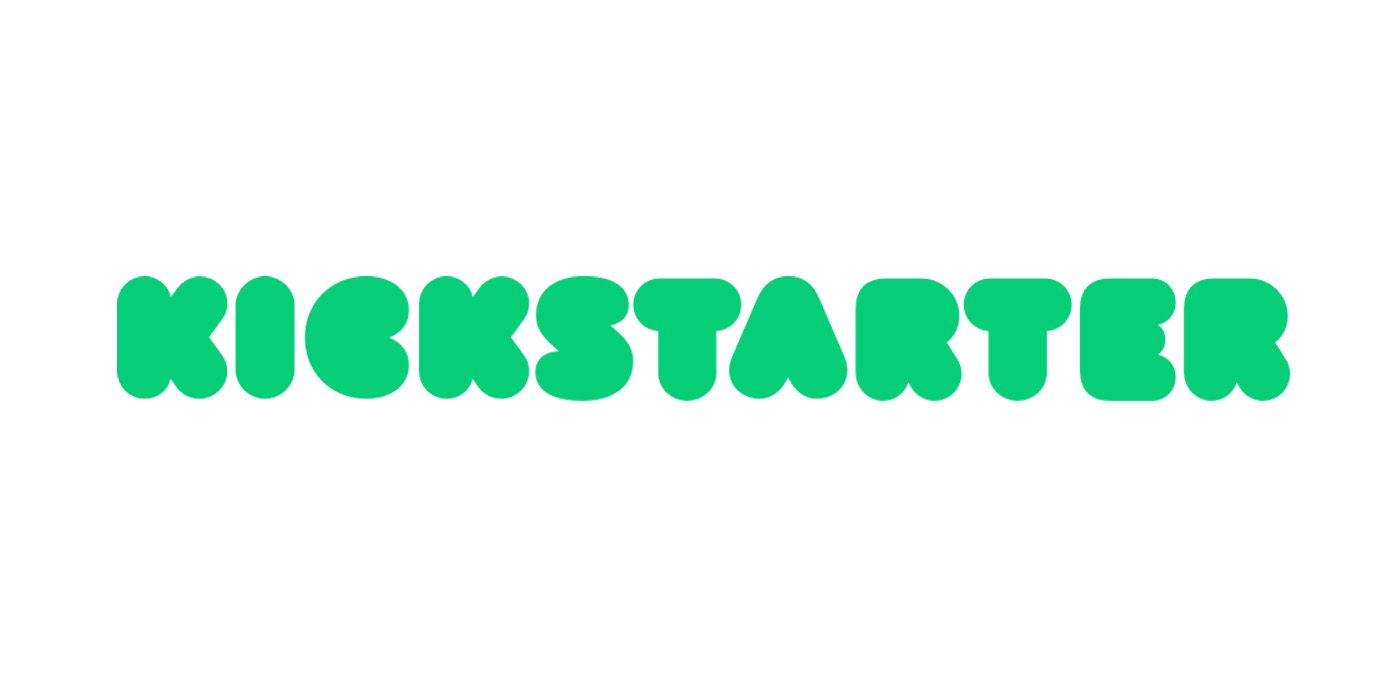Board games and tabletop RPGs have had large followings for decades, and over the years they have begun to combine with the ever-growing video game industry as well. This includes classics like Dungeons and Dragons getting videogame adaptations and popular videogames getting board games. The new Rainbow Six Siege board game, 6: Siege, is a great example of how the latter has become an increasingly popular option.
Other board games in recent years have also been adapted from video games, and 6: Siege is not the only one to have started on Kickstarter. The trend of board games beginning their life cycle on the crowdfunding website makes sense even for larger titles. While most peripheral products that a studio puts out for a game will likely see decent sales figures, having an assurance before production can help speed things along.
Whether it be The Witcher 3 boardgame or something else, studios that know the physical games they are creating have enough fan interest to see decent sales numbers will likely be more inclined to follow through with production. This becomes even more of a guarantee as these popular franchises shoot past their funding goals on the platform. With the money upfront, there is a safety net for production that helps to eliminate a portion of the financial guessing and guarantees an already sold product before the money has even been spent.
Funding, Features, and The Future of Kickstarter Games
While financials are likely one of the largest factors for why fans are seeing some of their favorite franchises move possible board game productions to Kickstarter, word of mouth is likely another part of it. As more fans enjoy both digital and physical gaming options, the need for multimillion-dollar ad campaigns changes. Many video game enthusiasts are used to seeing ads for series like Super Mario or the new Battlefield 2042, but not as many board games receive the same attention.
Switching to a format that allows for the project itself to be the advertisement can be a great way to make sure that fans are going to see and know about what is coming. While social media can be a great method to spread concept designs and images, Kickstarter has allowed for games to fully disclose everything in a way that is easy to digest. A great example is Monster Hunter World: The Board Game’s Kickstarter site and the amount of information readily available for it.
The page shows off the detailed miniatures, game board, and box to essentially provide a pre-order advertisement. This can lead to increased financial backing while also helping fans to know what they are getting into beforehand. Using this approach can build up more hype for release and keep stock readily available for those that genuinely want the board game.
Given how well this approach seems to go over, it is likely that it will continue to be used for adaptations of both AAA games and indie titles. Newer games like Phantom Abyss and Elden Ring could see similar treatment in the future if there are enough people that want it. The method provides a financing model that has some benefits when it comes to money management, and it will likely be adopted by more studios because of that. It could spread into video games as well.
While it is not likely that this will translate into major AAA games like Call of Duty becoming Kickstarter campaigns, some notable titles have used the method in the past. Shovel Knight became a major success on Kickstarter and the Shenmue series used the platform to secure funds for Shenmue 3. If the trend continues, there could be more instances where fans see both small and mid-size studios turning to the platform to gauge interest in a title and secure its future.
Rainbow Six Siege is available now on PC, PS4, PS5, Xbox One, and Xbox Series X/S


